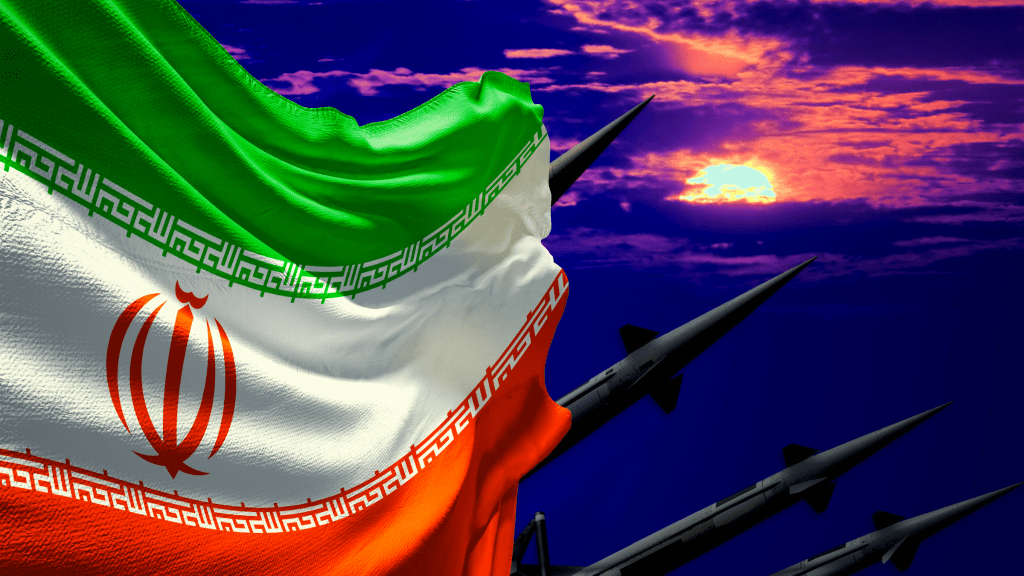
On April 20, Brigadier General Mohammad Mehdinejad Nouri announced in Tehran the successful development of advanced AI-powered military missile defense systems through domestic research and university partnerships.
Tehran’s pushing to create indigenous defense systems through collaborations with universities and tech firms instead of foreign suppliers, to customize its own Iran AI defense solutions to optimize its air defense in a severely destabilized region.
The discovery is a turning point in how Iran is building its military power not by relying on foreign systems, but by building a completely original network of new based technologies.
Defense Tech over Economic Gain
The established Iran defense significance is no longer focused on standard arms as projects have seen capital volumes put in investments over the past two years. Brigadier General Nouri highlighted the importance of military collaborations with knowledge-based companies.
“We are actively tapping into creative ideas and innovative solutions to ensure that our military remains at the forefront of technological advancements,” Brigadier General Nouri said.
“Our foremost priority in the Armed Forces is national security,” the General continued, “while economic factors are important, the development of advanced defense technologies is our primary concern.”
The Iranian General also emphasized these partnerships aren’t short term solutions, but a long-term plan to build modernized defense systems. In 1985, Iran began developing unmanned aerial vehicles, and now, the country is an exported of this technology.
An advanced AI-based military system will give Tehran a security endorsement on three levels: technical, military, and logistical.
- Technically, an Iran AI defense system will augment reaction speed against missile attacks or drone incursions.
- Militarily, AI defense systems, such as electronic warfare and air defense systems, will provide a systematic upper hand for Tehran when countering superior enemy forces in the region.
- Logistically, AI integration in Iran’s air and missile defense systems engineering helps with resource allocation and real time battlefield coordination.
Does Iran Have Missile Defense System?
In a world racing towards AI dominance, Iran’s tech based military doctrine is becoming more of a deeper redirection from its traditional military systems. Iran’s defense systems technology is reinforcing national identity, academic cooperation, and affordable power.
Such defense systems are not merely a firepower upgrade, it’s the recalibration of Iran’s identity. Tehran’s focus on unmanned systems transcends tactical utility. The AI-based Iran missile defense systems are emblems of defiance, ingenuity, and hard-won sovereignty.
When sanctions sought to isolate Iran, these very same American sanctions also ignited a native revolution in autonomous warfare through drone engineering and algorithm training, birthing a digital shield and manifesto, even under siege.
By partnering universities with Iranian tech companies and advancing air and missile defense systems engineering, Iran is integrating military goals into its academic and scientific sectors. These collaborations to supply Iran AI defense and education are now deemed national security priorities, building a culture where knowledge is both prized and weaponized for dominance.
The new combination of a new defense systems identity, strategy, and innovation recreates what it means to be a technologically sovereign nation in a time marked by AI.
Inside Telecom provides you with an extensive list of content covering all aspects of the tech industry. Keep an eye on our Intelligent Tech sections to stay informed and up-to-date with our daily articles.